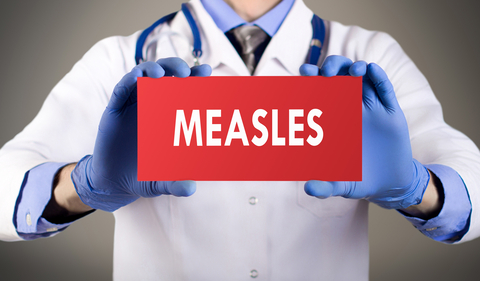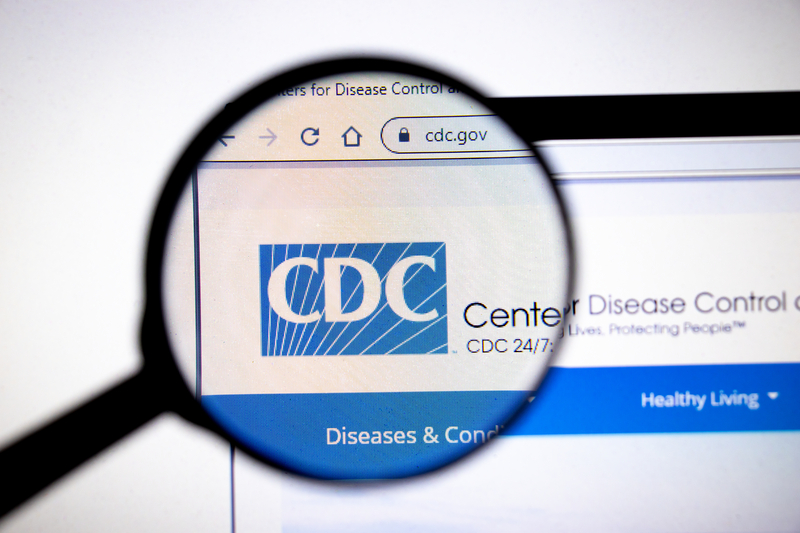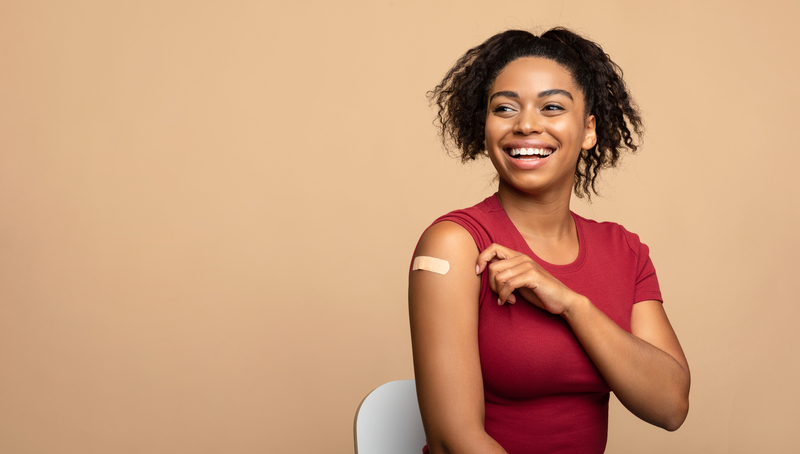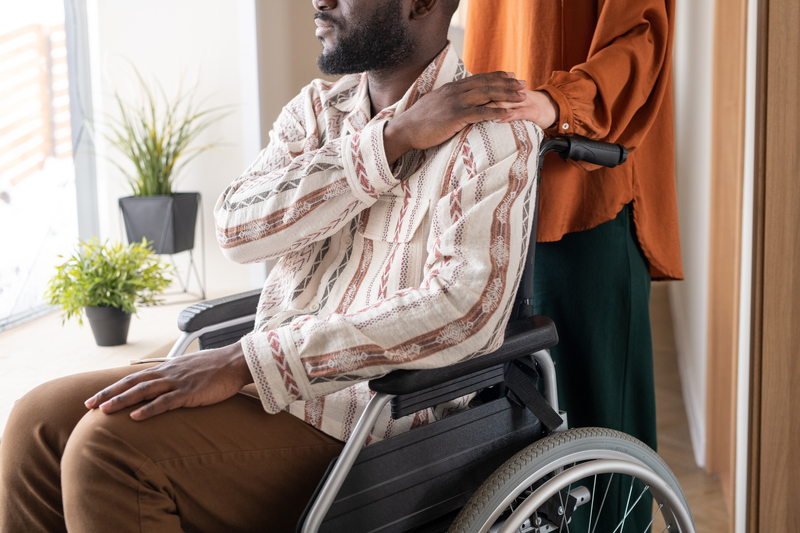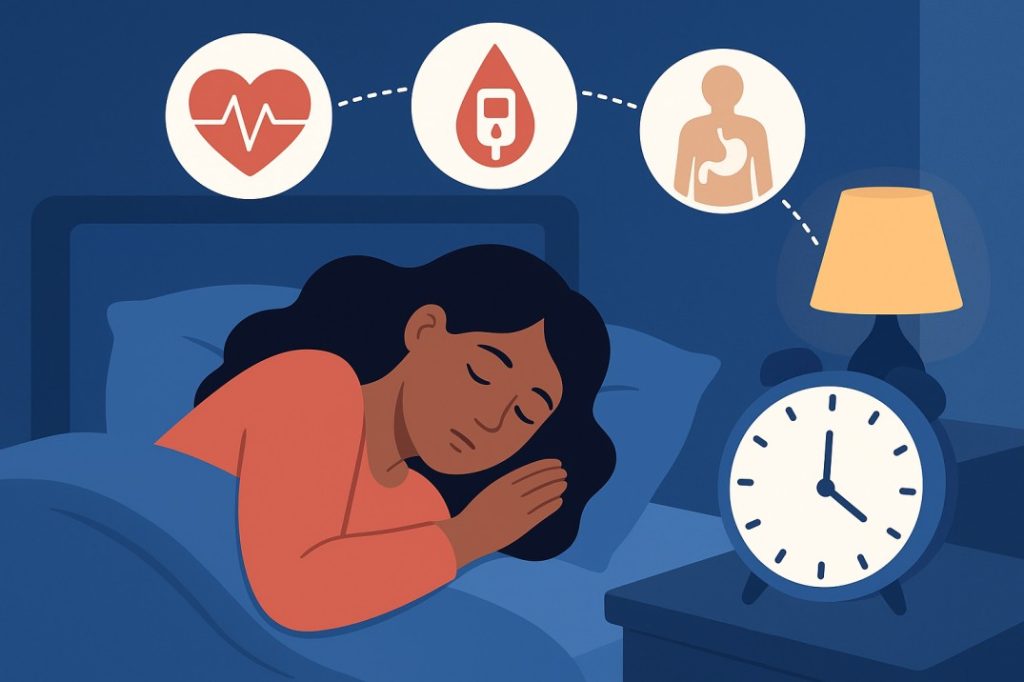
A History of Unequal Representation in Dermatology
Skin health is often treated as a universal experience, yet it is anything but uniform. For millions of people of color, preventable skin conditions go undiagnosed or undertreated—not because symptoms are less severe, but because healthcare systems and clinical training have historically centered lighter skin tones. This imbalance has led to long-standing inequities in dermatologic care, affecting diagnosis, treatment, quality of life, and long-term health outcomes.
How Limited Training Impacts Diagnosis
At the root of these inequities is a lack of diverse skin representation across medical education and clinical tools. For decades, dermatology textbooks, case studies, and diagnostic images overwhelmingly featured white patients, leaving clinicians with limited exposure to how common conditions appear on darker skin. Rashes, inflammation, and infections often present differently depending on melanin levels. For instance, redness and inflammation—key diagnostic clues in many skin disorders—may appear brown, purple, gray, or not visibly reddened at all on deeper skin tones. Without proper training, clinicians may overlook these subtle differences, leading to delayed or incorrect diagnoses.
The Consequences of Delayed or Missed Diagnoses
The consequences of this gap in representation are far-reaching. Conditions such as psoriasis, eczema, rosacea, and even skin cancer are frequently diagnosed later in people of color, often after symptoms have worsened. Melanoma, though less common among Black and Brown populations, is more deadly because it is routinely detected at more advanced stages. Similarly, conditions like lupus and sarcoidosis—which disproportionately affect people of color—can manifest first as skin symptoms that go unrecognized. These diagnostic delays allow diseases to progress, complicating treatment and increasing emotional and physical burdens on patients.
Myths and Misconceptions About Darker Skin
Another contributing factor is the misconception that individuals with darker skin are naturally “protected” from certain conditions, particularly skin cancer. While melanin does offer some UV protection, it does not eliminate risk. This false sense of security, combined with clinician bias and limited patient education, results in lower screening rates and missed opportunities for early intervention. Public health messaging around skin protection, sunscreen use, and early warning signs frequently targets white audiences, leaving communities of color with fewer culturally relevant resources.
Barriers to Specialist Care
Access to specialists further drives inequity within dermatologic care. Dermatology is one of the least diverse medical specialties, and patients of color often report feeling dismissed or misunderstood by clinicians unfamiliar with their lived experiences or the nuances of treating melanin-rich skin. For many patients, particularly those living in low-income or medically underserved areas, specialist appointments are limited by cost, availability, or lack of insurance coverage. Without access to knowledgeable providers, even common skin conditions can become chronic or debilitating.
What Systemic Change Must Look Like
Addressing these inequities requires systemic change. Efforts in recent years have focused on expanding dermatology curricula to include diverse skin tones, increasing representation in medical imagery, and training providers to recognize disease patterns across all complexions. Community-based education is also essential, ensuring people of color receive clear, culturally relevant information about skin health, self-examination, and when to seek care. Improving provider diversity within dermatology remains a critical goal as well, as patients frequently benefit from clinicians who share cultural backgrounds or who have specialized training in treating darker skin.
A Path Toward Equitable Dermatologic Care
Skin health should not depend on the color of one’s skin. By recognizing longstanding disparities and investing in equitable education, representation, and access, the medical community can better identify and treat skin conditions in all patients. Ensuring that people of color receive accurate, timely, and compassionate dermatologic care is not just a medical priority—it is a fundamental step toward health equity.
Trending Topics
Features
- Drive Toolkit
Download and distribute powerful vaccination QI resources for your community.
- Health Champions
Sign up now to support health equity and sustainable health outcomes in your community.
- Cancer Early Detection
MCED tests use a simple blood draw to screen for many kinds of cancer at once.
- PR
FYHN is a bridge connecting health information providers to BIPOC communities in a trusted environment.
- Medicare
Discover an honest look at our Medicare system.
- Alliance for Representative Clinical Trials
ARC was launched to create a network of community clinicians to diversify and bring clinical trials to communities of color and other communities that have been underrepresented.
- Reducing Patient Risk
The single most important purpose of our healthcare system is to reduce patient risk for an acute event.
- Victor Mejia
- Jessica Wilson



